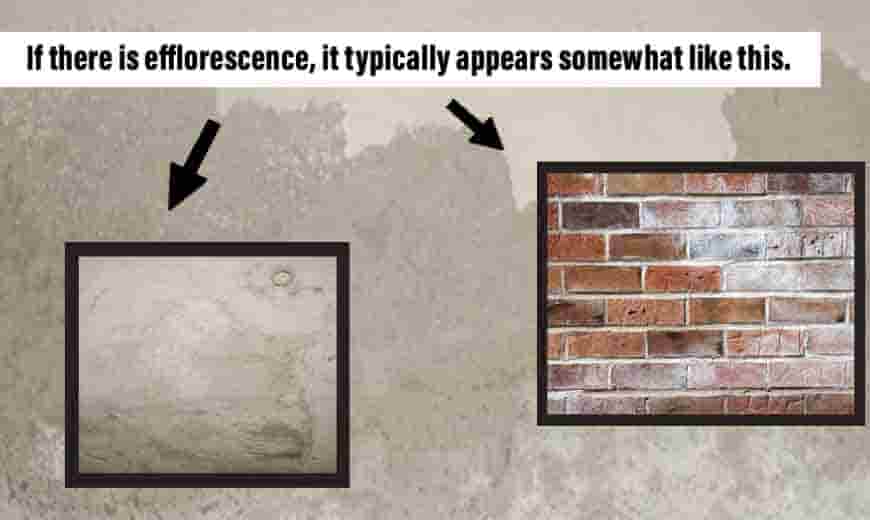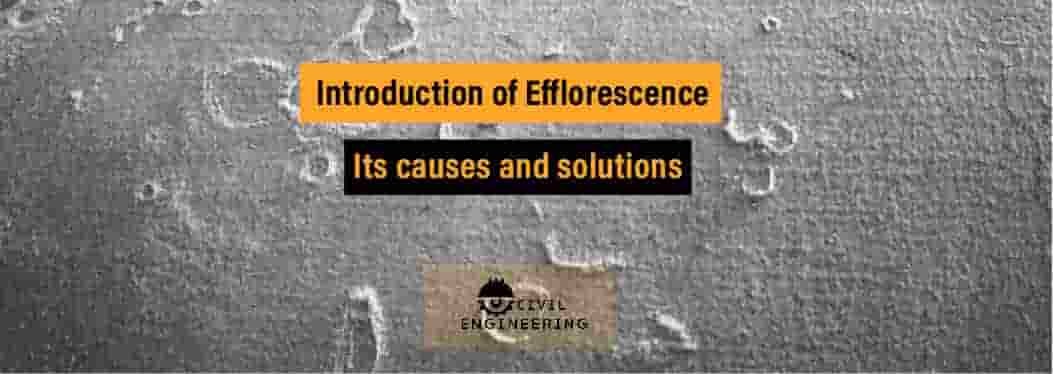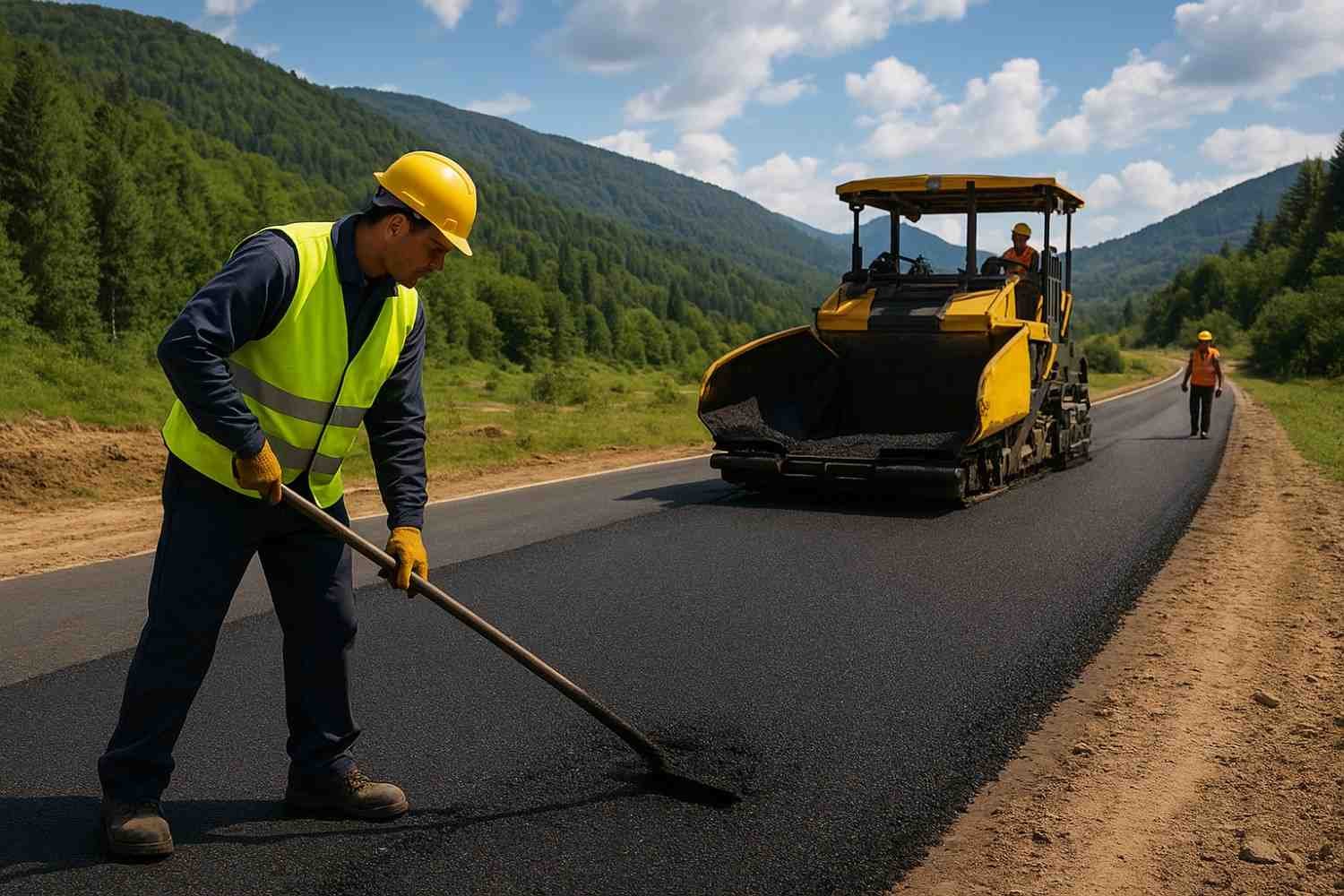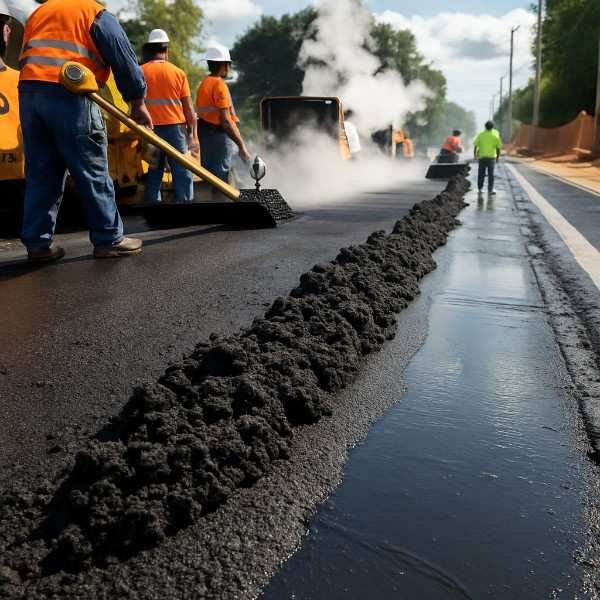Table of Contents
Introduction
Efflorescence, commonly known as water seepage is a common issue characterized by the appearance of salts such as calcium, magnesium and sulfate along with moisture on walls. It is visually unappealing and has a negative impact on the aesthetics of the walls. Details of Efflorescence Causes and how to prevent Efflorescence or water seepage on walls with pre and post construction remedies:
Causes of Efflorescence (Seepage)
Efflorescence has many causes, such as unsuitable water usage during construction, not adhering to professional standards and the use of low-quality materials.Following are the main causes of efflorescence that need to be considered before and after construction work:-
1. Water Seepage
Underground leakage from the plumbing system is a primary cause of efflorescence. Even a minor but continuous water leak can keep walls moist and cause salts to appear on the surface.
2. High Humidity
Moist conditions can lead materials in the wall to absorb moisture from the air. When this moisture evaporates, salts are deposited.
3. Poor Ventilation
Inadequate ventilation within the building structure can contribute to efflorescence.
4. Use of Poor Quality/Salted Building Material
The use of inferior or salted building materials such as bricks, sand and plumbing accessories, can result in efflorescence.
5. Use of Salty Water during Construction
The use of salty water during construction is a significant factor because, salts are left behind in the building structure after the water evaporates.
6. Non-provision of a water-resistant layer at the DPC and below
This is the most common cause of efflorescence (seepage). If the below-ground part of the building and DPC are not coated with bitumen or do not have other water-resistant layers, such as bitumen membranes or polyethylene sheets then chances of efflorescence occurring significantly increase.

How to remove Efflorescence?
To resolve this issue, followings are the Pre-construction and Post-construction steps:-
Pre-construction Remedies
Implement these measures before construction to prevent efflorescence:
- Use high-quality, salt free building materials (bricks, sand and aggregate).
- Always use high quality plumbing accessories.
- Utilize sweet and salt free water during the construction process.
- Implement a proper damp-proof course (minimum of 1.5 inches) with thick bitumen coating and a polyethylene sheet in the foundation.
- Below ground portion of the building structure should be protected from seepage by applying a hot bitumen coating or by installing bitumen membranes.
Post-construction Remedies
Take these steps after construction to address efflorescence issues:
- Identify and repair underground leakage points.
- Consider using ceramic tiles on walls (recommended remedy).
- Remove plaster and redo it with the addition of efflorescence control admixtures.
- Identify water penetration points on the floor and seal them with cement mortar.
- Increase ventilation points within the building structure.
Conclusion
In conclusion, we would like to emphasize that removing efflorescence can be an extremely challenging task. Therefore, we recommend the strict implementation of preventive measures during construction. If efflorescence occurs, consider using ceramic tiles to permanently conceal and resolve the issue.






